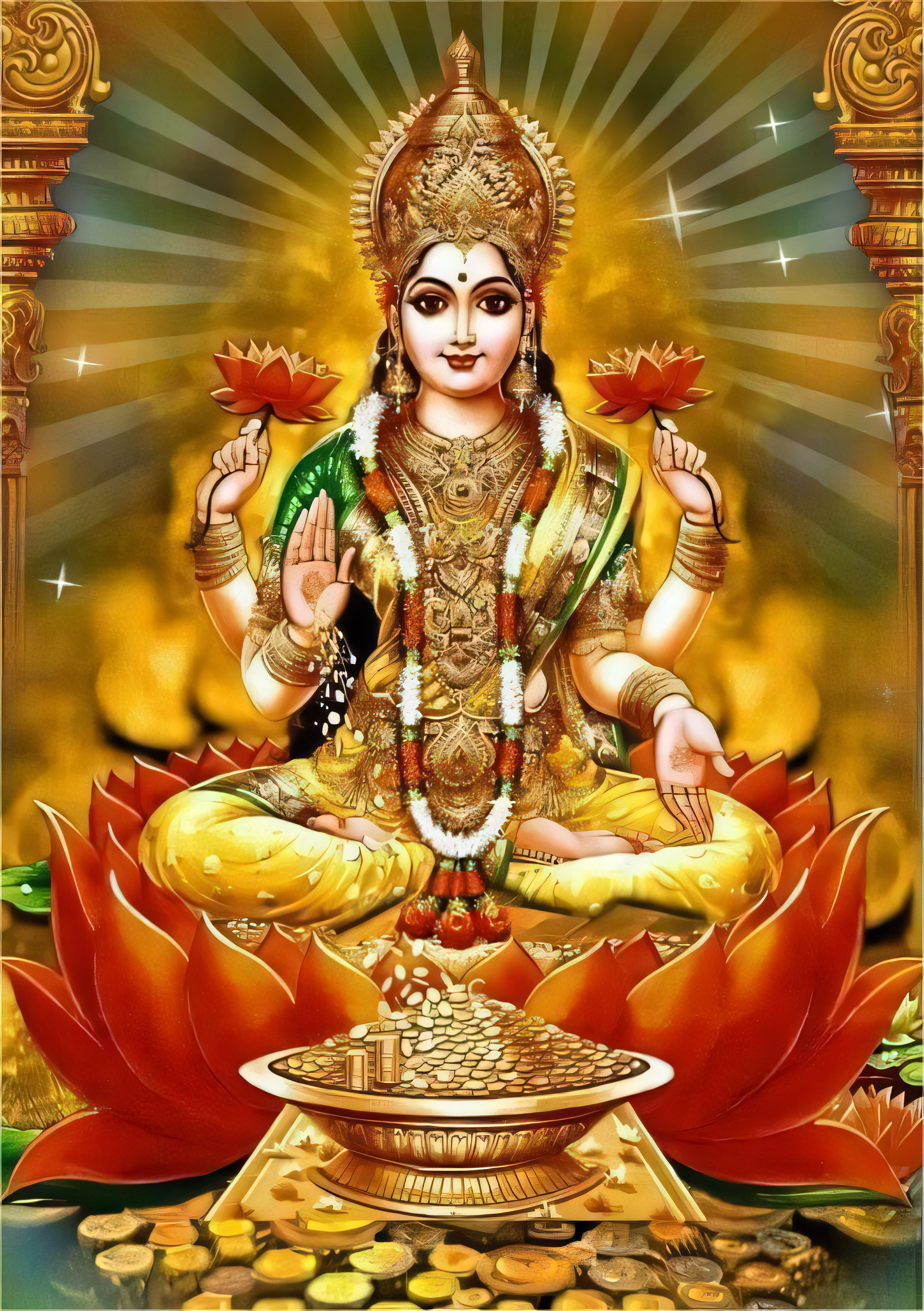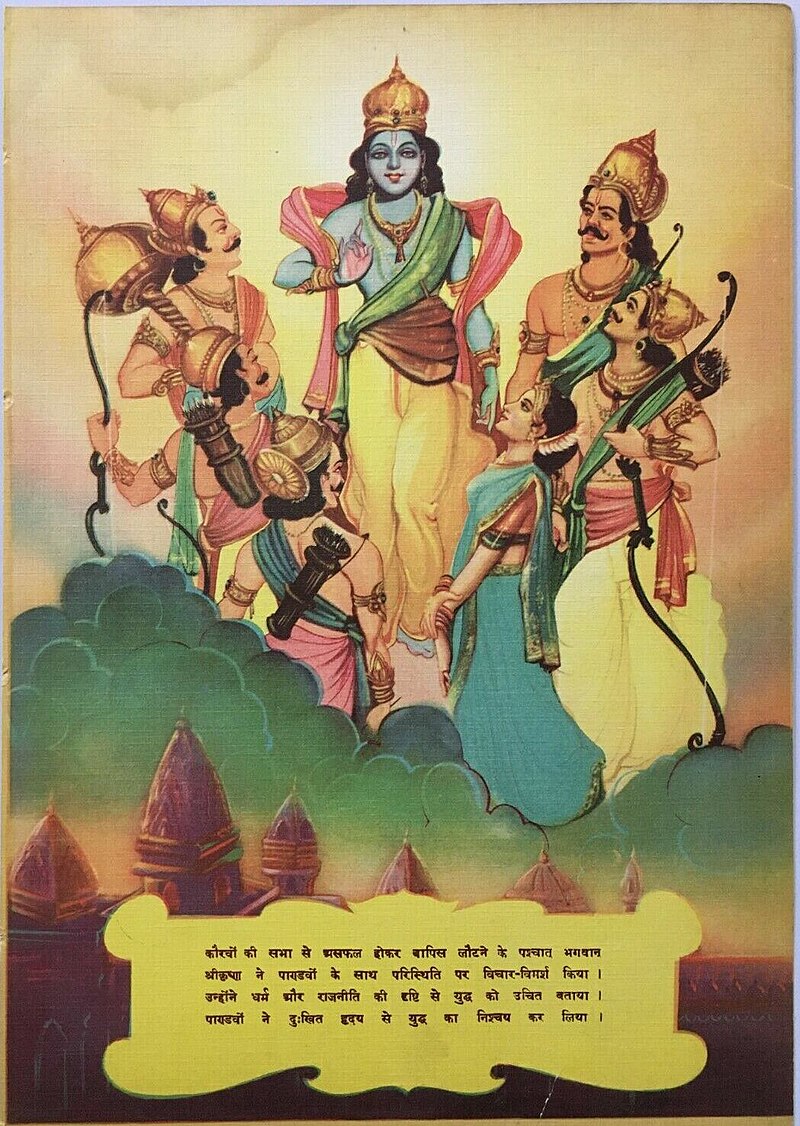Throughout history, the image of Lord Ganesh has played a significant role in both art and spirituality. Revered as the remover of obstacles and the deity of wisdom, Ganesh captures the imagination of countless devotees and artists alike. His form, characterized by an elephant head and a human body, embodies the merging of the earthly and the divine, reminding us of the importance of harmony in our lives.
The depiction of Ganesh in various artistic styles transcends mere representation; it becomes a medium through which divine presence is evoked. Each image tells a story, inviting viewers into a sacred dialogue and offering a glimpse into a spiritual realm where art transforms into a profound expression of faith. From https://glamorouslengths.com/author/fontdeath76 to vibrant paintings, the magic of Ganesh images continues to inspire and uplift, embodying the universal quest for wisdom, prosperity, and spiritual enlightenment.
Symbolism of Ganesh in Art
Ganesh, known as the remover of obstacles and the god of beginnings, is a central figure in Hindu art. His elephant head and human body represent a unique fusion of qualities that reflect both strength and wisdom. The large ears of Ganesh symbolize the importance of listening and understanding, while his trunk signifies adaptability and the ability to overcome life's challenges. Artists capture these attributes through expressive forms and vibrant colors, bringing Ganesh to life in their works.
In various representations, Ganesh is often depicted with multiple arms, each holding different symbols that convey deeper meanings. For instance, a modak (sweet) in one hand represents the rewards of a disciplined life, while a broken tusk signifies sacrifice and perseverance. The presence of a mouse at his feet illustrates humility and the idea that even small creatures can have a significant role in the grand scheme of existence. This complexity in symbolism allows artists to convey multiple layers of meaning, engaging viewers in a profound dialogue about life's journey.
The artistic interpretations of Ganesh extend beyond traditional boundaries, influencing modern art and spirituality. Contemporary artists reinterpret his image through various mediums, reflecting societal changes while retaining the core essence of his symbolism. This adaptability highlights Ganesh's enduring relevance, illustrating how ancient beliefs can permeate modern consciousness. Through art, Ganesh continues to inspire and offer insights into resilience, making him a timeless figure in both spiritual and artistic realms.

Spiritual Significance of Ganesh Imagery
The imagery of Lord Ganesh holds profound spiritual significance within Hinduism, serving as a symbol of wisdom, prosperity, and the removal of obstacles. As click here known for his ability to clear the path for devotees, Ganesh images are revered in homes, businesses, and temples alike. His elephant head represents keen perception and intelligence, while his large ears remind us to listen and absorb the knowledge around us. This symbolism empowers worshippers to seek guidance and clarity in their own lives.
In various forms of artistic expression, Ganesh is depicted in vibrant colors and intricate details, which elevate his divine presence. Artists infuse Ganesh images with symbolic elements that convey deeper meanings, such as the lotus which signifies purity and enlightenment. The multiplicity of representations allows devotees to connect with different aspects of Ganesh's character, fueling their spiritual journeys and personal growth. Each depiction serves as a reminder of the divine qualities we aspire to embody.

Furthermore, the act of creating or displaying Ganesh imagery serves as a devotional practice. Many believers engage in the preparation of Ganesh idols during festivals, fostering a sense of community and shared spirituality. These artistic creations not only enhance the aesthetic value of their surroundings but also invite blessings and positive energies into their lives. Thus, Ganesh images become a conduit through which devotees nurture their spiritual aspirations while celebrating the divine presence of the beloved elephant-headed god.
Cultural Impact of Ganesh Representations
The images of God Ganesh have permeated various aspects of culture and society, serving as a bridge between the spiritual and the mundane. In India, Ganesh is not only a symbol of new beginnings and prosperity but also represents the removal of obstacles. https://sovren.media/u/insectsink00/ has made his depictions prominent in homes, businesses, and public spaces, fostering a sense of community and shared values. Festivals, particularly Ganesh Chaturthi, see a surge in artistic expressions that celebrate his form, further embedding these images into the cultural narrative and collective consciousness.
Across the globe, the fascination with Ganesh extends beyond traditional boundaries, influencing artists, designers, and spiritual seekers. The vibrant colors and intricate designs associated with Ganesh images resonate with those who seek to blend spirituality with contemporary art. As the global community embraces diversity, Ganesh serves as a universal symbol of wisdom and understanding, often seen in galleries, tattoos, and even as part of modern decor, reflecting a broader appreciation for different cultures and their spiritual icons.
Moreover, the impact of Ganesh representations can be observed in their ability to foster dialogues around identity and spirituality. As society becomes increasingly interconnected, the images of Ganesh encourage discussions about cultural heritage and the importance of maintaining these traditions in a rapidly changing world. This blend of art and spirituality not only honors age-old practices but also reinvigorates them, ensuring they resonate with current and future generations.
